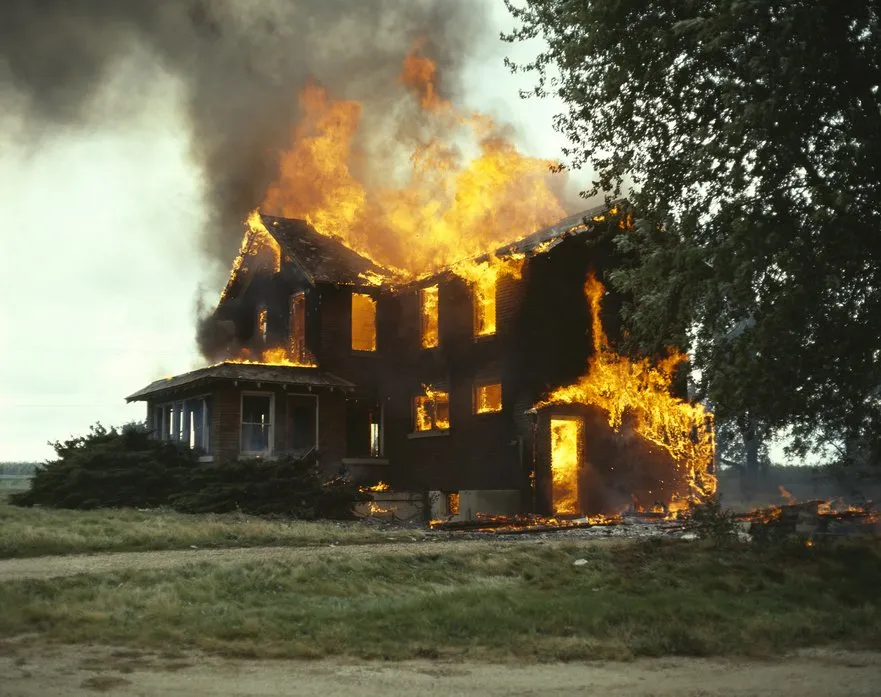The damage done by fires is devastating. Homes are destroyed quickly and families lives are drastically altered. There are things you can do to prevent fires in your home or office – especially as cooler weather approaches and people spend more time indoors.
Here are the main causes of fires with tips on what you can do to help minimize risks.
The #1 Cause of Fires In A Home? Kitchen Fires
- It may be time to clean your oven. Not only should it be free of grease, which can fuel a fire, but a good cleaning will help avoid smoky rooms and strange smells!
- Consider moving your refrigerator away from the wall so that you can vacuum its coils.
- It’s always safer to be in your home while the oven is on. And don’t leave any pots cooking while unattended.
- Use a kitchen timer when heating something up on the oven.
- By all means, make sure to keep children away from the oven while you’re cooking!
Electrical Fires. Most often, electrical fires in both homes and offices are caused by extension cords. Here are some tips on using extension cords.
- Plug extension cords directly into the wall. Don’t use multiple cords – all plugged together!
- Make sure your extension cords are recommended for the proper use, inside and outside.
- If you find that you are using a number of extension cords in your home or office, hire an electrician to add more outlets.
- Take the time to inspect cords before you use them. Look for cracked or frayed endings, exposed wires and generally loose connections.
- Do NOT run extension cords through the wall, ceiling or floor. Doing so will prevent you from noticing if the cord is overheating.
- Never try to fit a three-pronged plug into an outlet with only two slots!
- Do Not use an extension cord or power strip with heaters or fans. It’s very easy for these appliances to cause overheating of the cords. If needed, have an electrician install an outlet that can be used for these appliances without extension cords.
Space Heaters. These are the second most common cause of home fire fatalities. And as colder weather approaches, space heaters are often used in offices too. There are standards in place for space heaters – don’t ignore the advice on the package. Instead, make sure you’re following the right standards when you use these appliances.
- All space heaters should include a label from a recognized testing lab.
- Read the instructions before using a space heater. Newer models generally come with timers, which is a safety feature for busy households.
- As mentioned above, check the cords on the space heater. Don’t use it if the connections are worn or frayed.
- ALWAYS Turn your space heater off when you’re leaving a room. And don’t keep it on overnight. Take extra precaution to make sure children and pets are not near space heaters.
- Add three (3) feet between the space heater and anything that can burn – including furniture, papers, clothing and even rugs.
- Don’t use extension cords with space heaters!
- Make sure your space heater is on a level surface and not on rugs or carpet of any kind!
And When The Holidays Approach. . .
Follow a few simple rules to decorate your home safely during the winter holidays.
- Again – if you are using extension cords, make sure they are the right kind, that they are not damaged in any way, and you are using them properly.
- All outdoor lighting should be plugged into GFCI circuits (Ground Fault Circuit Interrupters).
- Turn off all indoor and outdoor decorations before going to bed at night.
- When stringing lights, never connect more than three strings together.
- Be sure to water your Christmas tree daily.
- And please don’t decorate near heating equipment or open flames.

